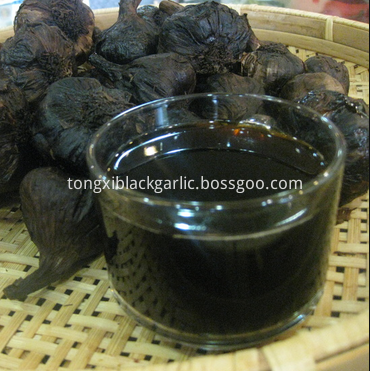Grape anthracnose is one of the most important diseases of grapes. After onset, it caused a large amount of fruit rot, affecting fruit quality and yield.
First, the symptoms and the law of occurrence
Grape anthracnose usually occurs only on colored or near-maturing fruits. The fruit after coloring develops a small, brown, round spot on the fruit surface. Later, the spot gradually expands and sag, and gradually grows on the surface. The black spots are arranged in rows, and when the helium is wet, pink mucus grows on the lesions. When the onset is severe, the sick class can expand to half or the entire fruit surface, and the fruit pieces are soft and rot, easily fall off, or gradually shrink and become stiff, fruit stems and cobs on the path, resulting in dark brown spots on the round depression. Affects the growth of the ear. When the disease is severe, the ear below the disease can dry off. The symptoms on the petiole are similar to those on the fruit stem.
Anthracnose in grape plants overwinters with mycelium on the surface tissues and diseased fruits of infected vines. The highest rate was in the secondary shoots, followed by the ear, vines, tendrils, stamens, and fruit on the ground. When encountering suitable temperature and the spread of rain, it can infect young fruit and green tissues such as fresh shoots of the year, and it is latent after infection. Latent on unripe fruit for more than 30 days, but only about 3 days on ripe fruit. Because the fruit is immature, the acidity is high, mycelium cannot develop normally, and lesions cannot form. In the field, lesions appear one after another in June. Each time the next rain occurs, a large number of lesions appear. After the fruits are stained, lesions appear in large numbers and rapidly rot. If medicine is not controlled, it will be almost nothing.
Grape anthracnose requires high-temperature and high-humidity conditions, and the fruit coloring period is in the hot season, so rain is a limiting factor. Rainy areas. The orchards in poor orchards, high groundwater levels, intercropping or overgrown orchards have become more severe. Disease resistance varies greatly among breeds. Generally, the skin is thin; the early-maturing varieties can avoid diseases, while the late-maturing varieties often have severe diseases.
Second, control methods
(1) Selection of disease-resistant varieties. In orchards, it is often found that disease-affecting varieties are infested, and disease-resistant varieties next to them are not affected, and the difference is extremely significant.
(2) Clean up the orchard. Combine pruning shears to cut sub-tips, spikes, stiff nuts, tendrils, tied vines, etc. to remove underground broken leaves, dead fruits, falling fruits and bark, etc., and burn them together to reduce pathogens.
(3) Reduce the humidity in orchards. Timely ditch drainage, serious disease gardens do not grow crops, pay attention to ventilation and light transmission, control the amount of nitrogen fertilizer, phosphorus and potassium fertilizer should be added later.
(4) spray shovel remover. Before germination, 80% sodium pentachlorophenolate powder was sprayed 200 times with 3 degrees lime sulfur.
(5) Chemical control in the growing season. The prevention and control of black pox or other early diseases in the early stage is protected by Bordeaux fluid. When the lesions appeared in late June, they were immediately sprayed with fungicides to control the hazards. Only 10 days before the direct harvest, a total of 3-4 sprays. The effective agent is 75% chlorothalonil wettable powder 800-500 times or 40% carbendazim suspension 800-600 times liquid.
Black Garlic contains 18 kinds of amino acids,
garlic-ene, peptides, polyphenols, active SOD,
biological enzymes, glycosides, vitamins, lipids,
trace elements, carbohydrates, green sulfur
compounds, easily absorbed by the human body
composition. The structure ratio is reasonable, and
without any side effects.
18 kinds of amino acids:
Alanine Ala. Isoleucine. Leucine. Lysine. Methionine. Cystine. Phenylalanine. TYR. Threonine. Trytophan. Valine. Arginine. Histidine. Asparagine. Glutamine. Glycin. Proline. Serine.

Black Garlic Extract/Concentrate/Juice
Black Garlic Extract,Black Garlic Juice,Black Garlic Concentrate,Organic Garlic Juice
Zhucheng Tongxi Commercial And Trade Co.,Ltd. , https://www.blackgarlicgroup.com